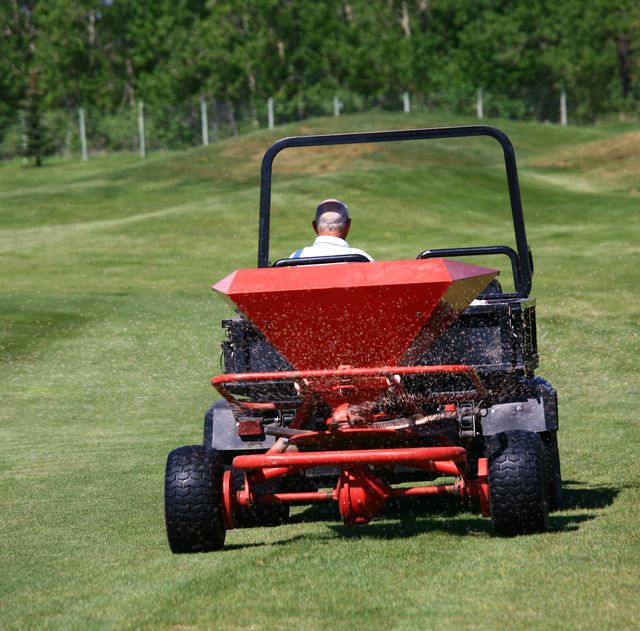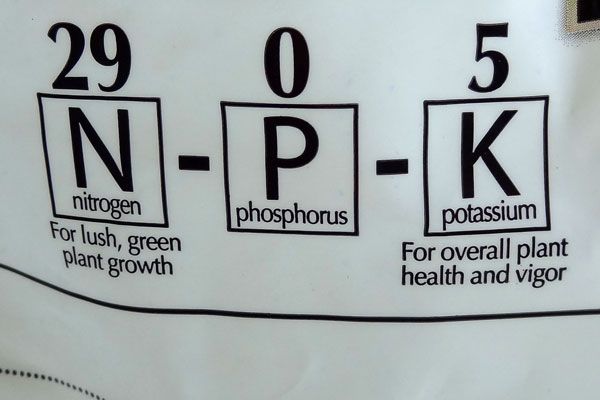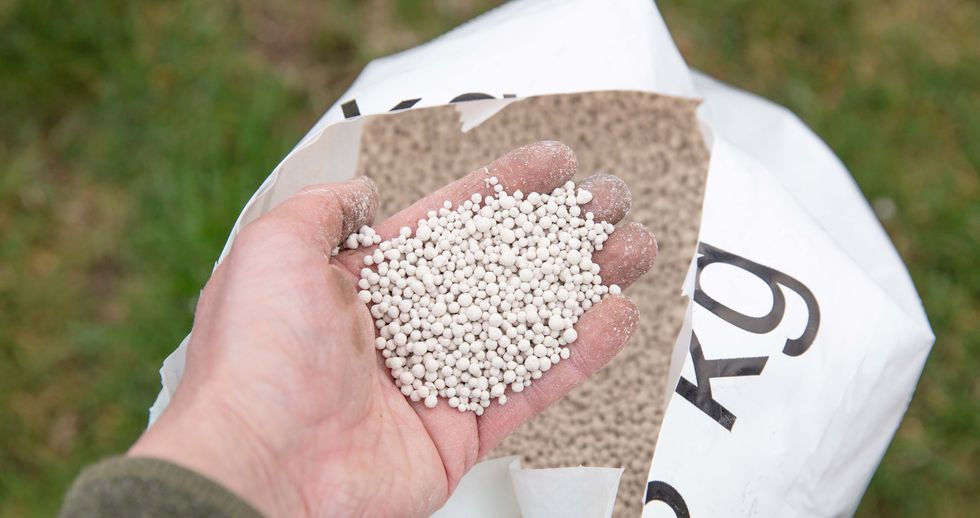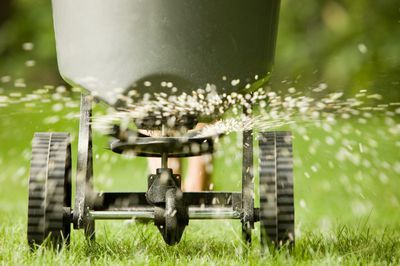The Quick and Easy Guide to Lawn Fertilization
Spring is the perfect time to fertilize your lawn. Here’s how to do it right.
Fertilizer is a key ingredient in growing and maintaining a green, healthy lawn. Unfortunately, most homeowners don’t bother with lawn fertilization because they simply don’t know which products to use, or how and when to apply them. And complicating the issue is that if lawn fertilizer isn’t applied correctly, it can actually do more harm than good.
So, to help advise us on the proper way to fertilize a lawn, we contacted Jeff Turnbull, president of LCS Lawn Service in the Twin Cities. Here are his nine easy-to-follow rules for lawn fertilization.
🌱 Grow the Lawn of Your Dreams
Joe is a former carpenter and cabinetmaker who writes extensively about remodeling, woodworking, and tool techniques. He has written eight books and is a contributing editor to Popular Mechanics. He also appears on the Today’s Homeowner TV show, and co-hosts the weekly Today’s Homeowner Radio Show. Joe writes from his home in Roxbury, Connecticut.
Watch Next


Who Wants to Buy the A-10 Warthog?

US Army Accepts Delivery of First M10 Assault Gun

Underwater UFO is a Threat, Says Ex-Navy Officer

DIY Car Key Programming: Why Pay the Dealer?

















